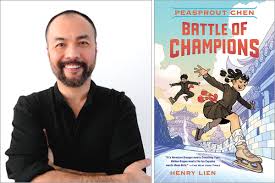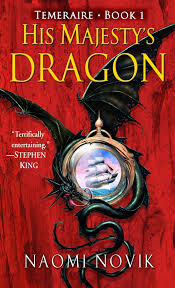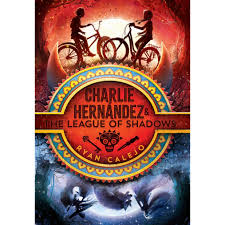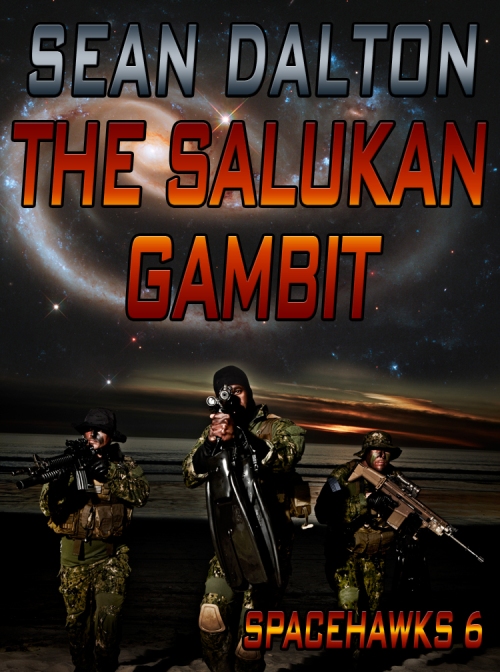So the other night I stayed up late, sieving Amazon’s books for my fall class on Category Fiction. (It’s a fun course designed to acquaint college students with a handful of the most popular genres in commercial fiction. I have them read selections from the various genres or subgenres I’ve chosen for the semester and let these budding writers rip the books apart for logic, writing craft, and plausibility.)
Each summer presents me with the challenge of reading potential novel after potential novel. This one’s too mainstream. That one’s plot falls apart in the middle. Another one sounds good in its description and reviews, but in reality it’s so darned silly I can’t read past Chapter Two. And on it goes, with me reading, evaluating, sifting, weighing a book’s solid technique in one area versus its flaws elsewhere, and trying to give my class a variety that will maybe ignite a renewed love of reading in them. The summer is never long enough, and if I land on an older book that really offers the craft I want the class to examine, chances are it’s out of print and only available from used book sellers in some rare hardcover edition costing $348.
I confess that so far this year I have maybe half or less of good contenders for my reading list. I’m aware that time’s ticking steadily away. And my rebellious streak wants to toss the stack aside in favor of books I really want to read for myself to suit my personal taste.
Nevertheless, it’s fun to have an official reason for browsing through Amazon the way I used to browse the shelves at my local Borders bookstore.
I was looking for mysteries, solid ones where the protagonist sleuth actually investigates and deduces instead of posing in descriptive passages, mouthing witty or surly dialogue, and somehow stumbling across the critical clue by sheer luck, the work of some minor individual deemed unimportant to the story, or through provoking the villain into coming out of hiding. The problem that evening was that I’d just finished reading a rock-solid investigative mystery where the English village inspector gumshoes back and forth like a basset hound on the trail of a rabbit, meticulously piecing together tiny bits of lies and information into an eventual whole. It was a book written by J.S. Fletcher called MURDER IN THE PALLANT. I think it was published in 1926. There were no forensics, not even fingerprints. It was refreshing to read as the sleuth questioned and re-questioned characters, turning the evidence this way and that like a giant puzzle to be solved. Trouble is, the book’s not readily available even in Kindle or audio formats. And maybe it’s a bit too stodgy for twenty-year-olds who’ve only heard of Perry Mason because HBO now has revived the show.
Even if I decide to assign one old-school mystery, I need to find a modern version for contrast. Somehow the other evening, as I tracked mystery authors across Amazon’s many trails, I ended up in science fiction to check out the new 2020 Nebula winners, then fantasy, and from fantasy browsed my way into juvenile fiction.
The past five years or so have brought a strong push from publishers to supply diverse books, most particularly in the sf, fantasy, and kid markets. Those genres are possibly the easiest to open up to different ethnicities, although they are by no means the only ones. I found Nigerian authors, writers of Middle-Eastern descent, and characters ranging from Asian to Hispanic to Indian.
I think of my childhood and how I would have reveled in such books, eager to learn about all sorts of people and cultures.
Yet as I read descriptions and critical reviews that were so persuasive in selling many of these offerings, I would then dive into the reader reviews and find comments like, “Don’t believe all the hype about how good this book is, ’cause it was all fancy language and no substance.” Or, “Everyone says this is a really great book, but I thought it was too slow getting started. Who wants to read half the book before anything happens?” Or, “You’ll really like this story if you don’t mind its lack of ending. It’s just manipulation to get you to buy the next one.”
I’m trying hard not to be overly critical or make sweeping generalizations, but for the past few years I’ve been increasingly concerned by the emphasis on publishing according to a social agenda instead of publishing to provide youngsters–or any reader–with a rousing good yarn.
Admittedly I’m the very worst type of book consumer. I want new, fresh, different, diverse, and and and I want a well-crafted, dynamic, engrossing plot about layered, intriguing characters.
You see, I’m seldom an “either, or” person. I’m very much an “and” person. I want it all. I expect it all, or at the least I expect a darned good try to provide me with it all from the authors I read.
And too many of the current crop of new fresh voices are not giving me the “and.” I’m getting “or.”
That’s not good enough.
I think of children readers–some wide open and receptive to what’s new and different; others cautious and reluctant to try anything beyond their comfort zone–and are they being served only novelty at the expense of good story? When plots are stretched and manipulated to deliberately incorporate certain elements desired at present by acquisitions editors and librarians–to fit an agenda, if you will–the contrivance starts to show. The plot starts to wobble like a planet knocked off its axis by a passing comet.
Here’s what I want:
*Strong plot focused on an objective;
*Vivid protagonist with much to learn and willing to strive hard to achieve the objective;
*Powerful villain seeking to thwart or destroy the protagonist;
*Exciting conflict and story action;
*Intriguing setting;
*Dimensional sidekicks and companions to both protagonist and villain;
*Clear direction; and
*A suspenseful, nail-biting, enthralling climax that resolves the story question.
Give me all or most of that, at any age level young or older, and I’ll happily read about David Weber’s starship captain Honor Harrington, or Walter Mosley’s mid-century Los Angeles, or a Tess Gerritsen medical thriller, or talking dragons in Naomi Novik’s TEMERAIRE series, or Hispanic mythological creatures in Ryan Calejo’s CHARLIE HERNANDEZ AND THE LEAGUE OF SHADOWS, or WWII villains, or Asian children in training to combine martial arts with ice skating in Henry Lien’s PEASPROUT CHEN, or whatever silly school adventure Gordon Korman has cooked up next.






Children need to read many things and be exposed to many topics and situations. Children also need to read well-crafted stories, not agendas. When a writer can do that, then that writer is truly opening a new world in their minds.
Consider THE BOOK THIEF by Markus Zusak. It’s mainstream. It’s long. Its narrator is Death. It deals with Nazi confiscation of people’s books and how those books were burned in community after community across Germany during World War II. None of these issues seems like something children would read, yet it has been hugely successful in capturing both young and adult readers. Its message is very strong, and its voice is fresh, yet it offers story first.


Social agendas may be well-intentioned, but don’t sacrifice story for them.












